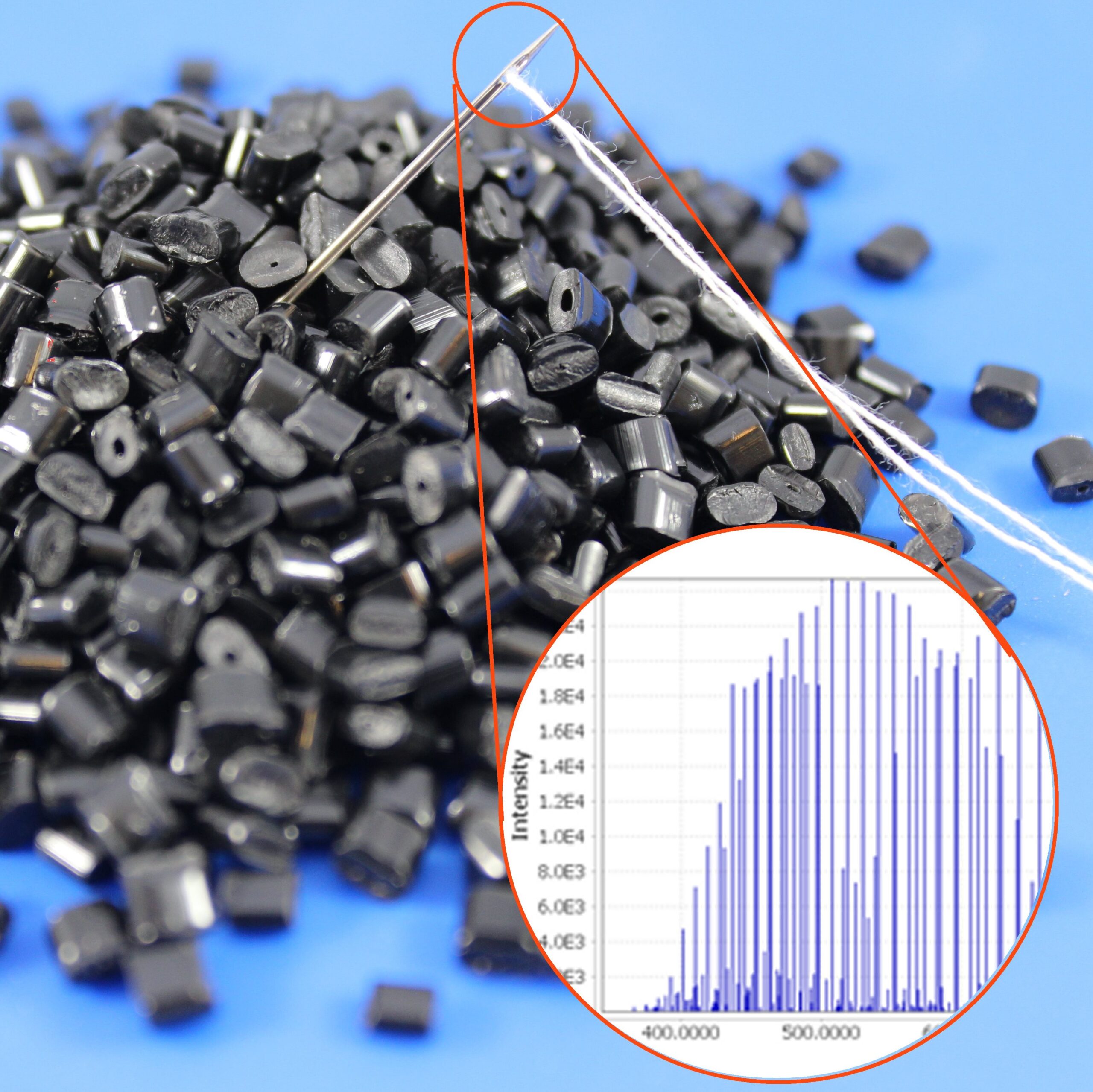
Needle in the Haystack: What’s Buried in Your Polymer LC-MS Data?
CPG Webinar – Thursday, October 5, 2 p.m. EST LC-MS is a widely used analytical technique for characterization of polymer additives, extractables and leachables, degradation products, APIs, drug release studies, and material stability. Typical LC-MS studies however usually focus on small molecules rather than the polymer or excipient components themselves. Structured appropriately, methods for the […]
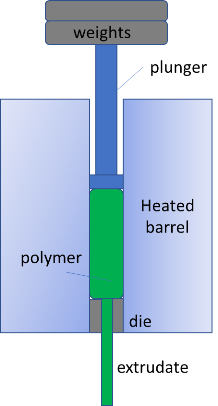
Correlating Melt Flow Index to Molecular Weight
The certificate of analysis for polymer resins often includes a melt flow index (MFI) or melt flow rate (MFR), reported as grams of material/10 min under a specified temperature and load. This testing is normally performed per ASTM D1238 or ISO 1133 using a plastometer. A plastometer consists of a temperature-controlled cylindrical annulus through which […]
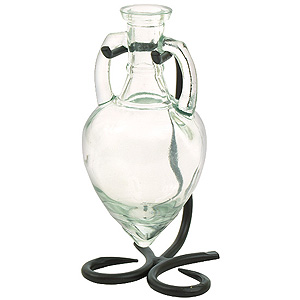
The Plastics of Capri
Vitrum Flexile, or flexible glass. Although lost in legend, three different authors provided an account of a glass that could be dented and then repaired in Rome’s first century. According to the Corning Museum of Glass, Petronius (who died in 63 A.D.) told of a drinking vessel presented to Emperor Tiberius (reign 14-37 A.D.). The […]
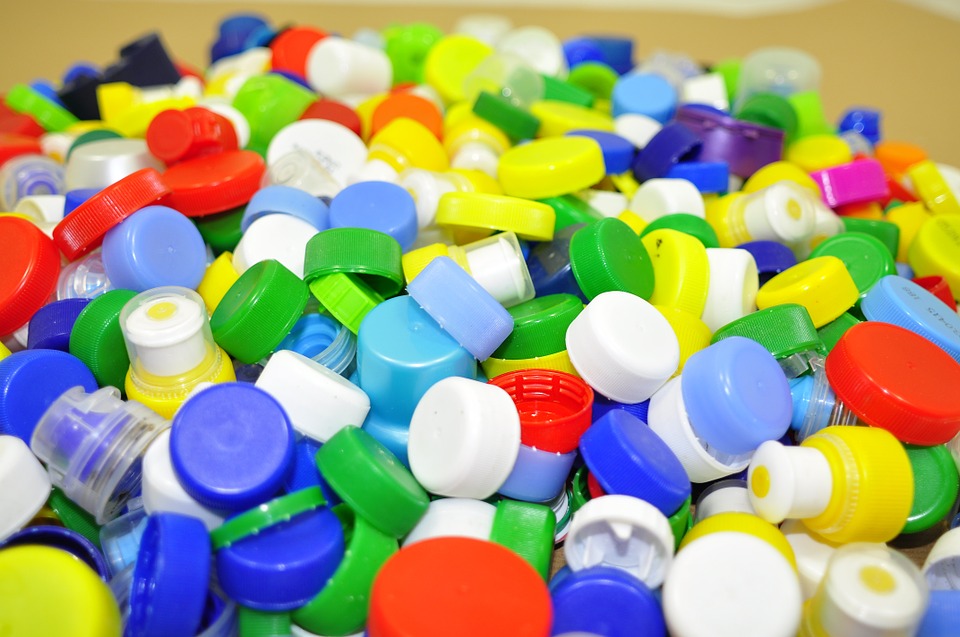
It’s a Plastic Sort of World
Provocatively Titled Study Explores “All Plastics Ever Made” A recent study by Geyer et al published in Science Advances takes a wide-ranging look at the production and fate of all plastic produced to date, based on data collated from a range of market research and consulting groups. Some key observations from the authors’ study are […]
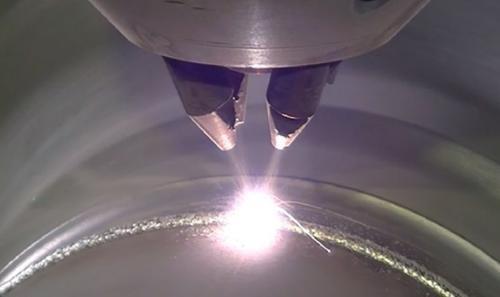
Additive Manufacturing of Medical Devices
Most traditional machined components involve starting with a standard block of material, and then machining away material to form the final finished device. The advent of 3D printing systems has allowed the opposite approach to machining, where material is sequencing added to a part, in effect growing it from raw material with little scrap material […]
Shrimp Vision
Polymer scientists often use polarized light to optically examine features in polymers, such as crystallinity and residual stress, through the phenomenon of birefringence. White light, such as that coming from the sun and incandescent light bulbs, is comprised of multiple wavelengths of light traveling in multiple planes. When white light passes through a polarizer (which […]

You Don’t Look Your Age: Accelerated Aging of Paper
At Cambridge Polymer Group, we help many of our clients evaluate their materials or device by applying accelerated aging techniques to accelerate material degradation, either for shelf life estimation or as part of an evaluation of material stability. Such testing may be performed following standard procedures like ASTM F1980, ASTM F2003, as well as custom […]
